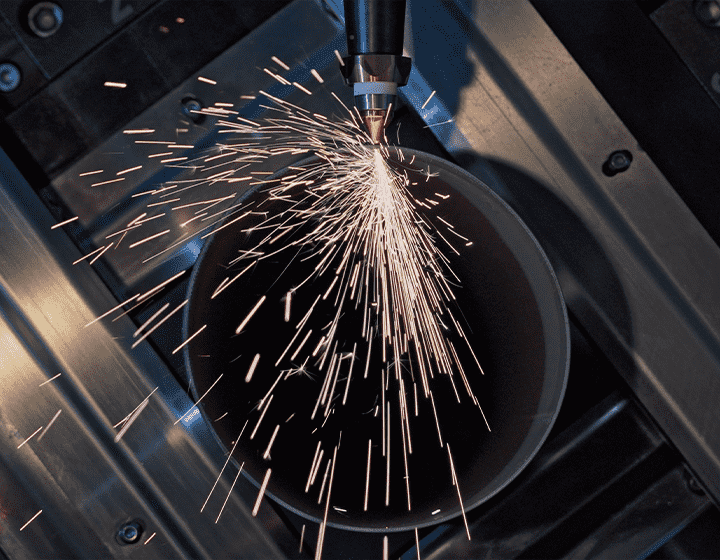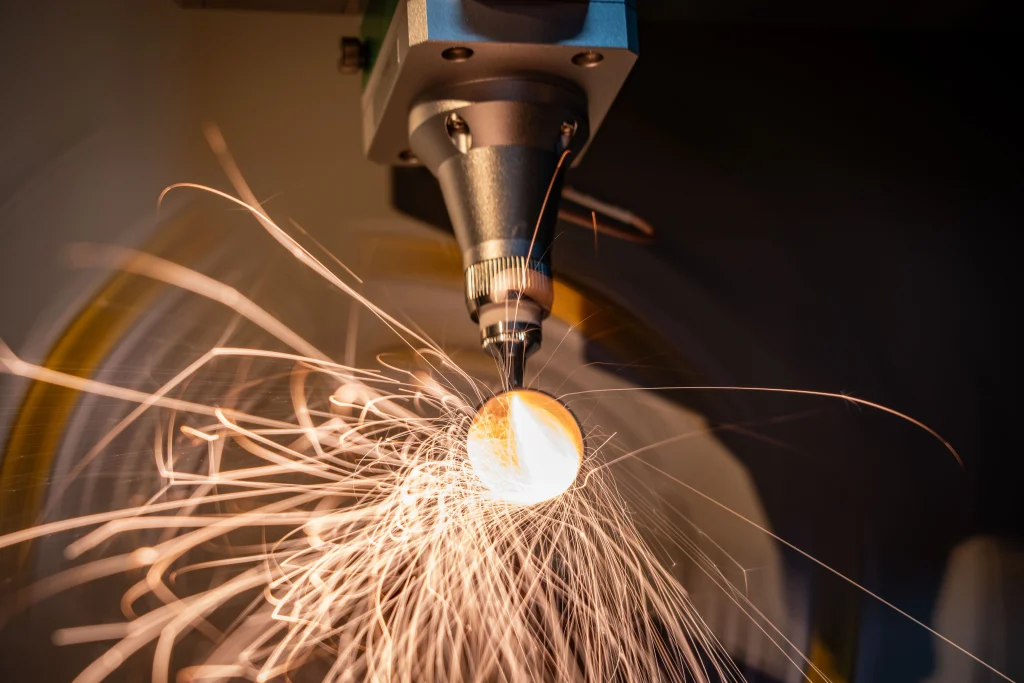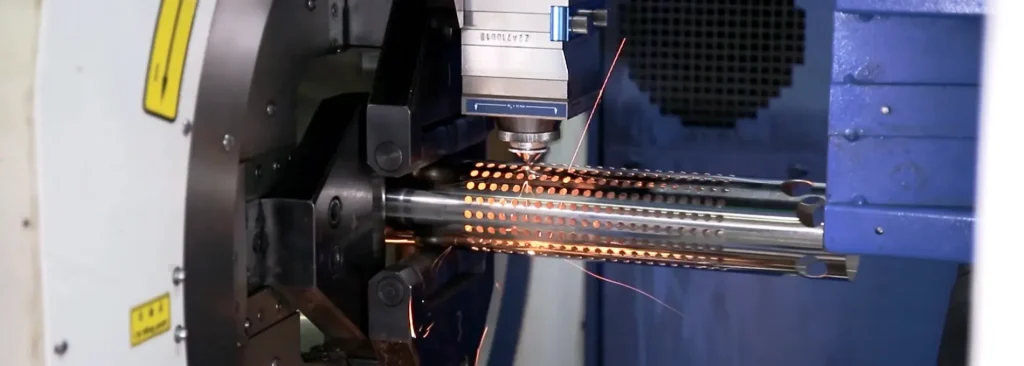Notícias
Gráfico de espessura de corte a laser: Compreendendo as capacidades dos materiais e a precisão do corte
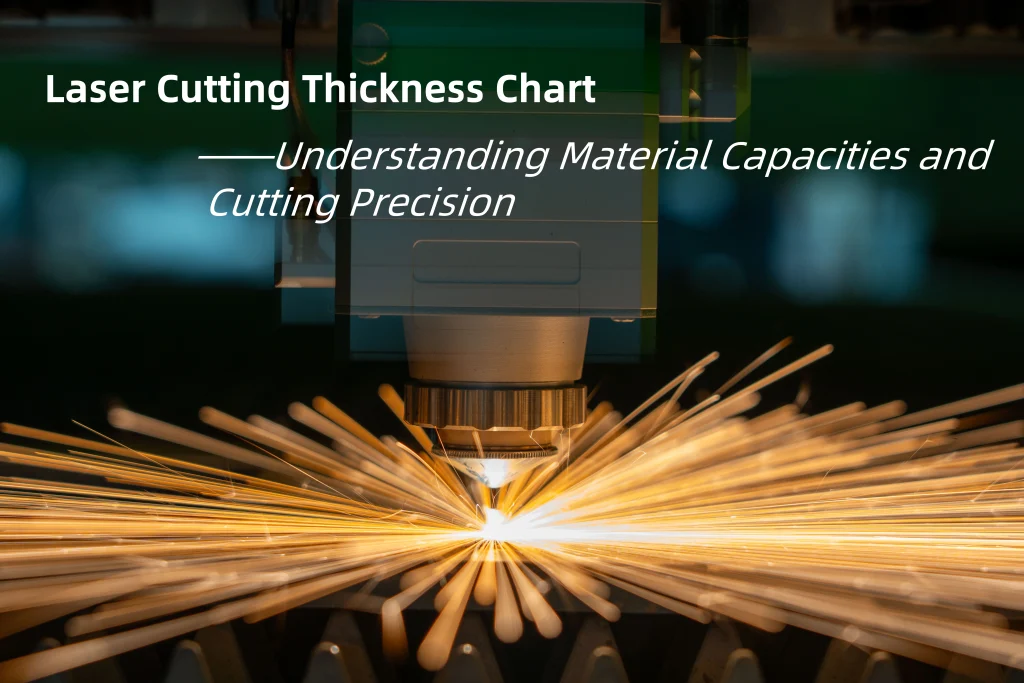
Introduction: How Laser Cutting Technology Handles Material Thickness
Quando se trata de tabela de espessura de corte a laser, understanding the relationship between material thickness and cutting technology is key to optimizing production. Whether you’re working with aço, alumínio, or other materials, knowing how different thicknesses affect your laser cutting process is crucial for achieving precision, reducing waste, and maintaining efficiency.
Laser cutting has revolutionized the manufacturing industry by offering high-precision cutting capabilities, but each material comes with its own set of challenges. With the right Máquina de corte a laser and an understanding of material thickness limits, you can ensure high-quality results and optimize your operations.
Neste artigo, we will explore how laser cutting technology works with different material thicknesses, and provide you with a comprehensive tabela de espessura de corte a laser to guide your next project.
1. What is Corte a laser?
◆ How Laser Cutting Works
Laser cutting is a technology used to cut or engrave materials using a laser beam. The process involves focusing a high-powered laser onto a material’s surface, where the heat from the laser melts, queimaduras, ou vaporiza o material. This process is highly accurate and capable of creating precise cuts even in geometrias complexas.
Laser cutting is typically controlled by CNC software, allowing for precision and the ability to make cortes intrincados. The system can adjust the laser’s power, velocidade, and focus to accommodate different material types and thicknesses.
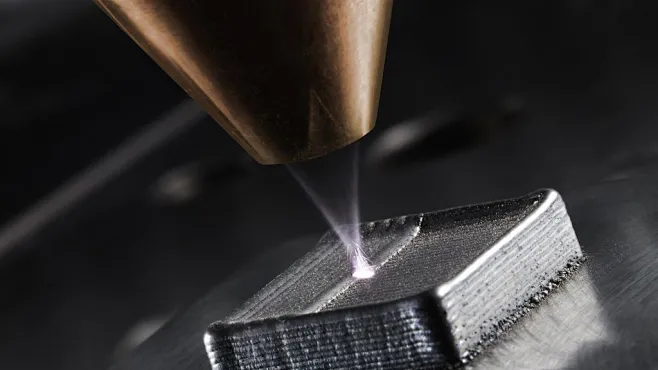
2. Gráfico de espessura de corte a laser: The Key to Understanding Material Limitations
◆ Laser Cutting Steel Thickness Chart
Steel is one of the most commonly cut materials using laser technology. Below is a general guideline for laser cutting steel, based on common machine power levels:
| Tipo de material | grossura | illustrate |
| Thin Steel Sheets | (0.5 mm – 3 milímetros) | Laser cutting can handle these thicknesses easily with 1000W to 2000W lasers, providing precise, clean cuts with minimal heat-affected zones. |
| Medium Steel Plates | (4 mm – 12 milímetros) | For this thickness range, 2000W to 4000W lasers are typically required to maintain precision while cutting through the thicker material. |
| Thick Steel Plates | (13 mm – 20 milímetros) | Higher-powered lasers, como 4000W to 6000C, are ideal for cutting thick steel plates, offering deeper penetration and faster cutting speeds. |
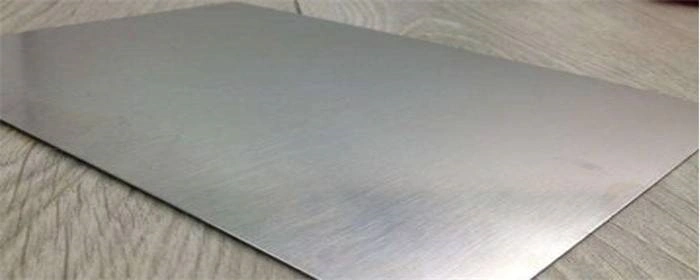
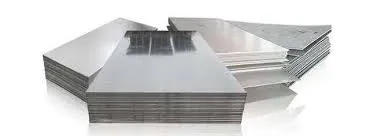
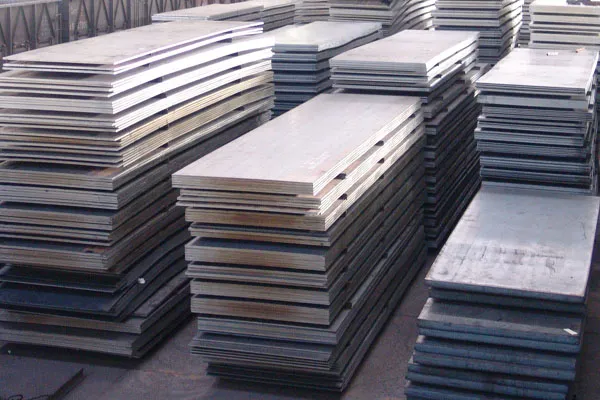
◆ Laser Cutting Aluminum Thickness Chart
Aluminum is lighter and more reflective than steel, which affects how it interacts with laser cutting. Below is a basic guide for corte a laser de alumínio:
| Tipo de material | grossura | illustrate |
| Thin Aluminum Sheets | 0.5 mm – 3 milímetros | 1000W to 2000W lasers work well for cutting thin aluminum with high precision and minimal distortion. |
| Medium Aluminum Plates | (4 mm – 8 milímetros) | For thicker aluminum, 2000W to 4000W lasers are necessary to achieve high-quality cuts. |
| Thick Aluminum Plates | (9 mm – 15 milímetros) | For cutting thick aluminum plates, 4000C or more powerful lasers are required to handle the material’s higher reflectivity. |
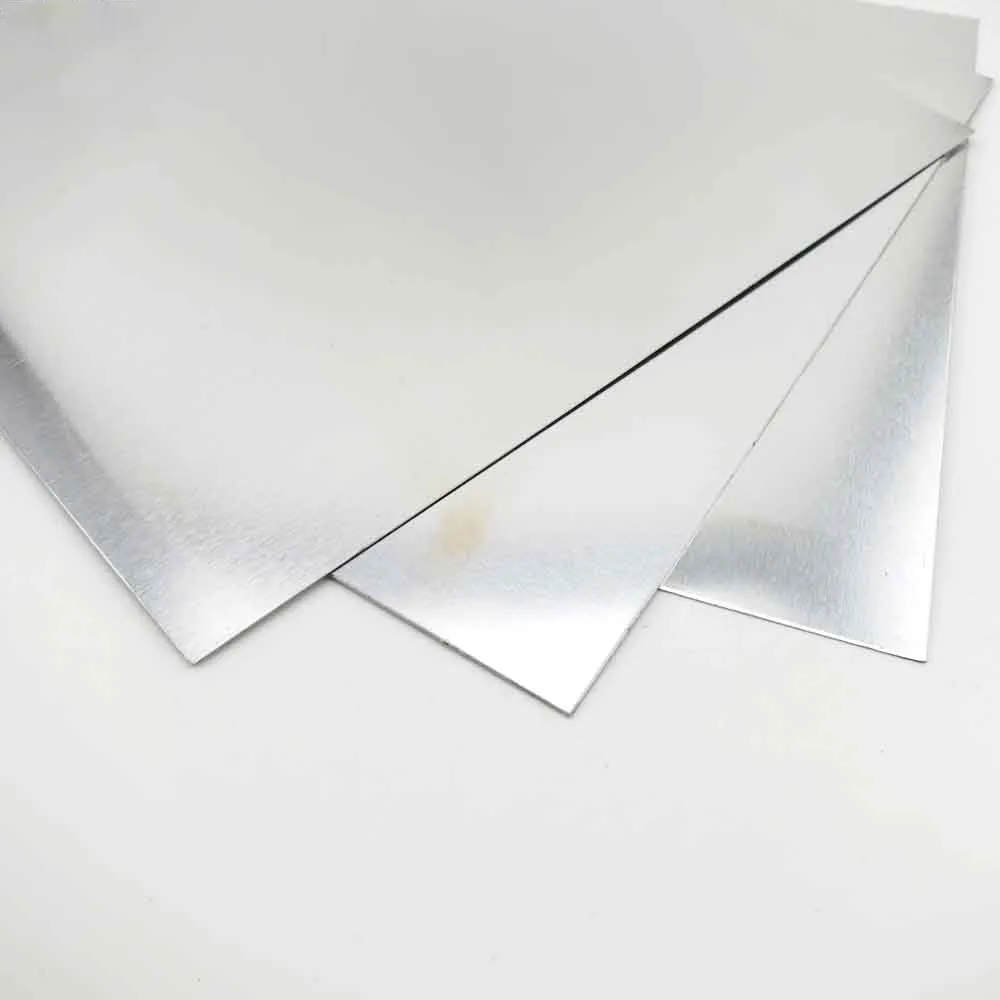
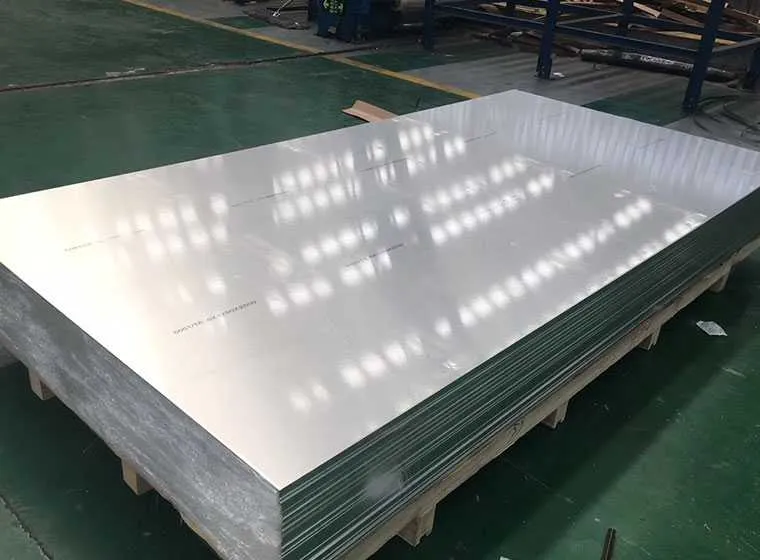
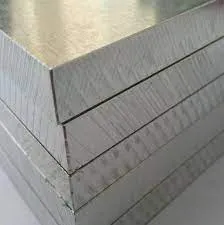
◆ Laser Cutting Stainless Steel Thickness Chart
Stainless steel is a popular material due to its strength and resistance to corrosion. Here’s a guide for laser cutting stainless steel:
| Tipo de material | grossura | illustrate |
| Thin Stainless Steel | (0.5 mm – 3 milímetros) | 1000W to 2000W lasers can easily cut through thin stainless steel with precision. |
| Medium Stainless Steel | (4 mm – 8 milímetros) | For medium thickness stainless steel, 2000W to 4000W lasers are commonly used to ensure a clean, corte suave. |
| Thick Stainless Steel | (9 mm – 20 milímetros) | Cutting through thick stainless steel requires 4000W to 6000W lasers for proper penetration and high-quality edges. |
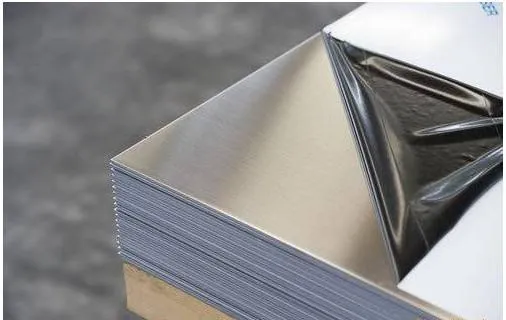
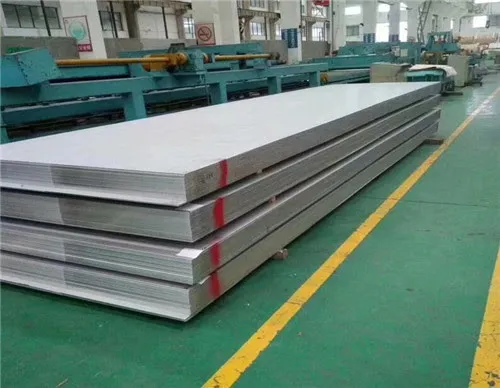
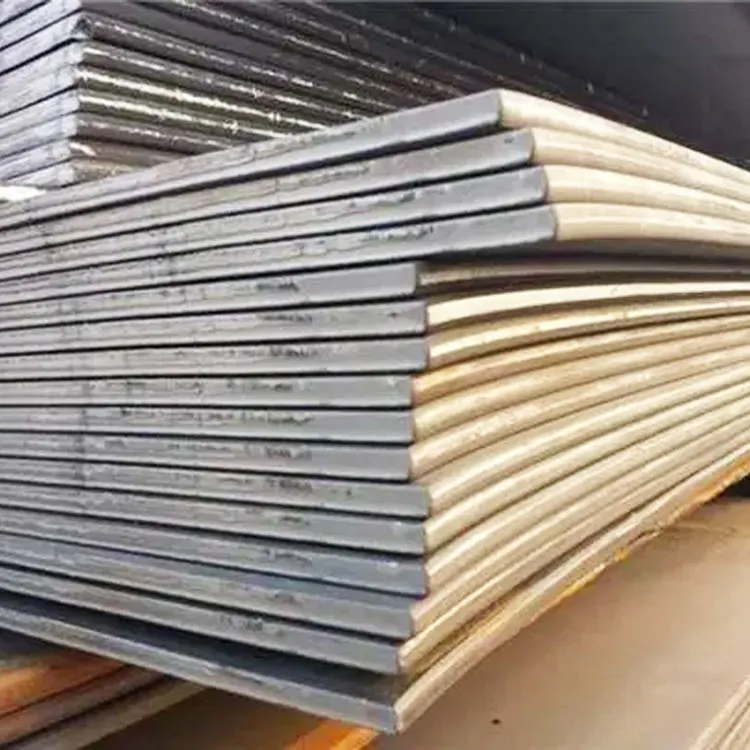
◆ Laser Cutting Other Materials (Plastic, Madeira, Cobre, etc.)
Laser cutting technology can also be used for a variety of non-metal materials. Here’s how it applies to some of them:
| Tipo de material | grossura | illustrate |
| Plastic | (1 mm – 10 milímetros) | For cutting plastic, 500W to 1000W lasers are usually sufficient, depending on the material and desired cutting speed. |
| Madeira | (3 mm – 15 milímetros) | Lasers de CO2 are often used for cutting wood, e 1000W to 3000W lasers are suitable for most woodworking applications. |
| Cobre | (0.5 mm – 6 milímetros) | Cobre, due to its high reflectivity, is challenging to cut. 3000W to 5000W lasers are typically used for copper cutting applications. |
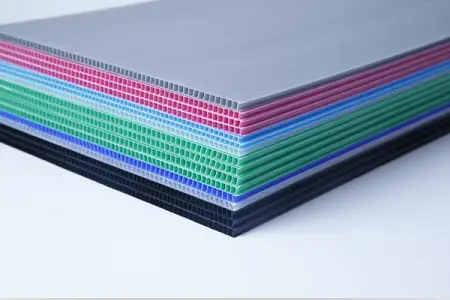
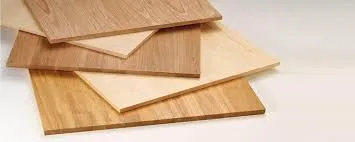
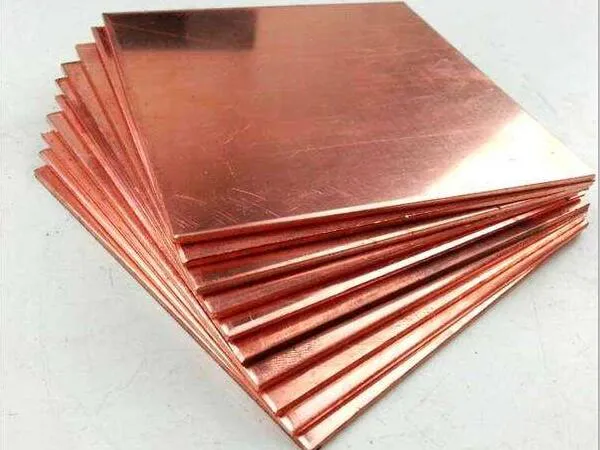
3. Factors That Affect Laser Cutting Thickness
◆ Laser Power and Material Thickness
The power of the laser directly influences the grossura of the material it can cut effectively. Higher power lasers are needed for thicker materials, while thinner materials require less power. Understanding this relationship is essential when selecting the correct machine for your project.
◆ Material Type
The material being cut also significantly impacts the laser cutting process. Materials such as alumínio, cobre, e aço inoxidável require different laser settings due to their varying reflectivity, heat conductivity, and melting points. Each material type has its optimal laser power e velocidade de corte.
◆ Cutting Speed and Precision
For thicker materials, slower cutting speeds may be required to ensure precision. No entanto, this may also increase zonas afetadas pelo calor, which can affect the overall quality of the cut. For thinner materials, faster cutting speeds can be used while maintaining precision.
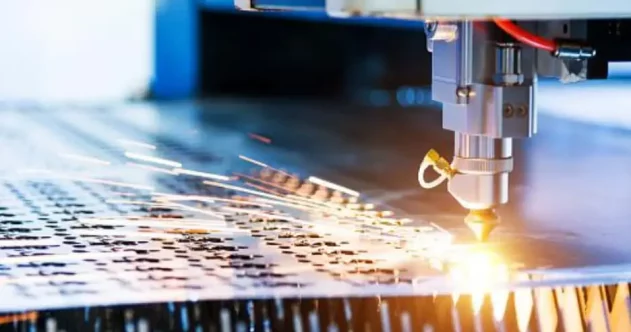
4. How to Choose the Right Laser Cutting Machine for Your Needs
◆ Assess Your Material Needs
Before purchasing a Máquina de corte a laser, determine the types of materials you’ll be cutting and their respective thicknesses. This will help you choose the right laser power e cutting capacity.
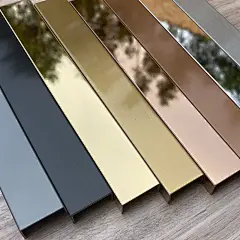
◆ Consider the Cutting Speed and Precision
Choose a machine that balances velocidade de corte with precisão. For industries requiring high-speed cutting without sacrificing quality, ensure that the machine you select offers the appropriate power settings for the materials and thicknesses involved.

◆ Look for Advanced Features
Modern laser cutting machines come with advanced features such as automatic material feeding, Otimização baseada em IA, e monitoramento em tempo real, all of which can improve your efficiency and reduce the likelihood of errors.

By understanding the tabela de espessura de corte a laser, you can make informed decisions about which Máquina de corte a laser to choose for your business. Whether you’re cutting aço, alumínio, or other materials, knowing the limits of your equipment and selecting the right machine for your specific cutting requirements will help you achieve the highest quality results.
Notícias principais
-
 Fiber Laser Metal Cutting Machine For Sale05 Dec 2025
Fiber Laser Metal Cutting Machine For Sale05 Dec 2025 -
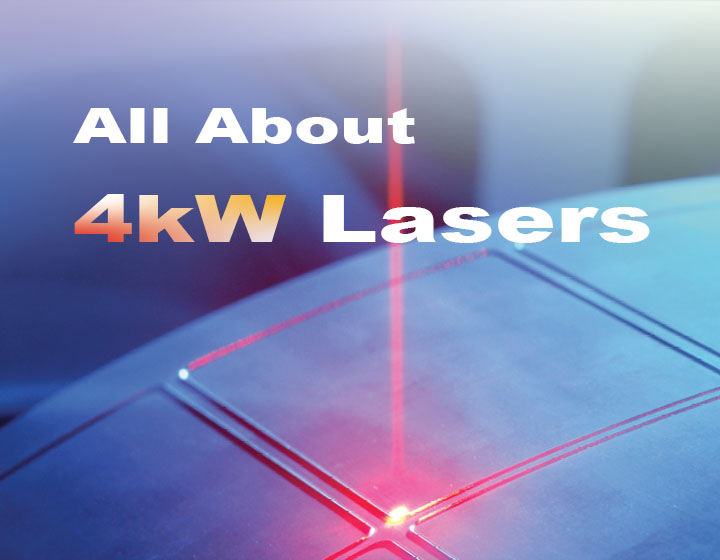 4000 Watt Laser | Industrial Cutting Power02 Dec 2025
4000 Watt Laser | Industrial Cutting Power02 Dec 2025 -
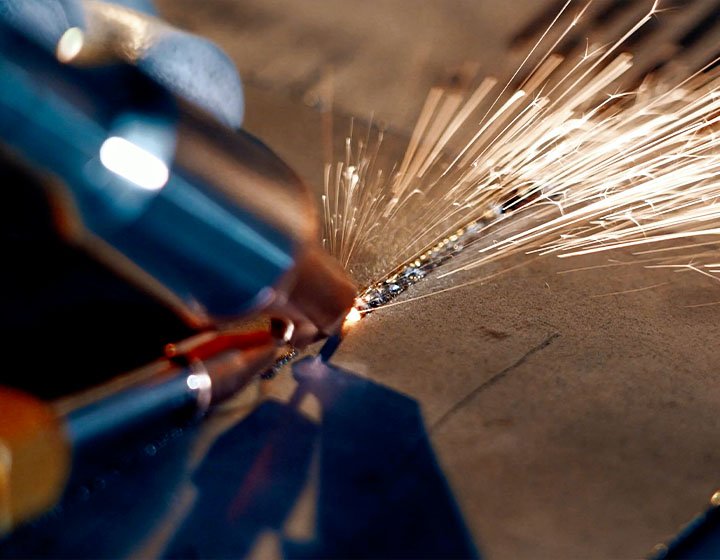 6 corte a laser kw | Guia de precisão industrial28 novembro 2025
6 corte a laser kw | Guia de precisão industrial28 novembro 2025 -
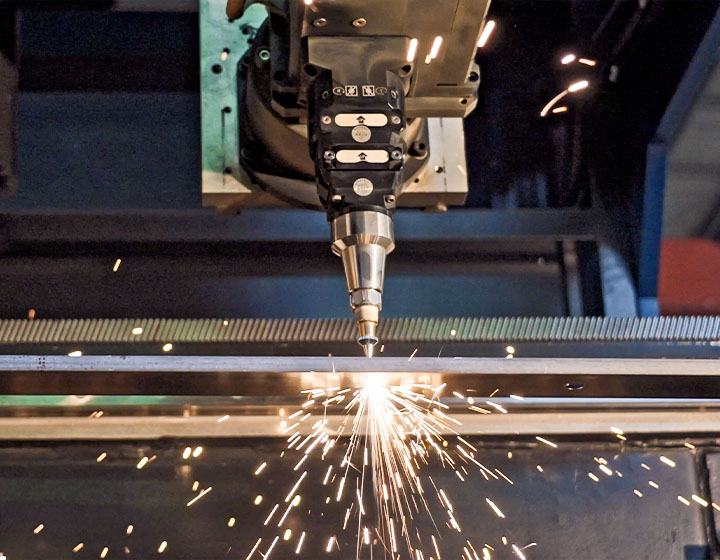 Revolucionando a indústria com máquina de corte a laser para tubos de aço25 novembro 2025
Revolucionando a indústria com máquina de corte a laser para tubos de aço25 novembro 2025 -
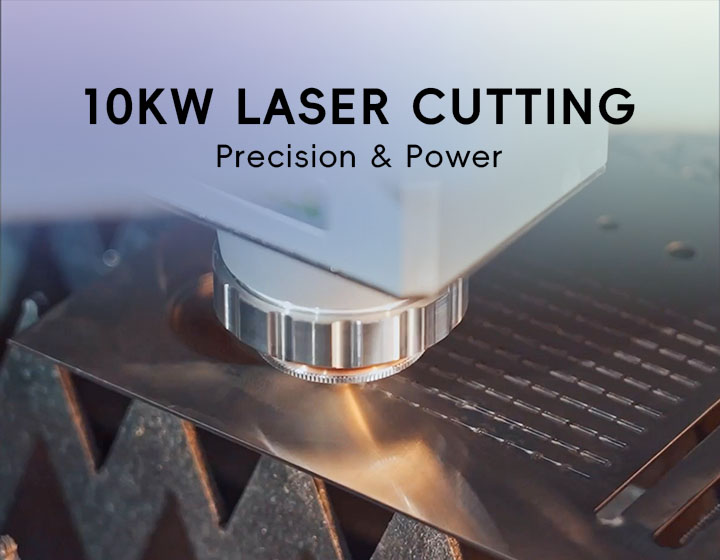 10Corte a laser kW | Precisão & Poder21 novembro 2025
10Corte a laser kW | Precisão & Poder21 novembro 2025
Categorias de produtos
- Cortador a laser de metal
- Máquina de solda a laser
- Máquina de limpeza a laser
- Máquina marcadora a laser
- Máquina de freio de imprensa


